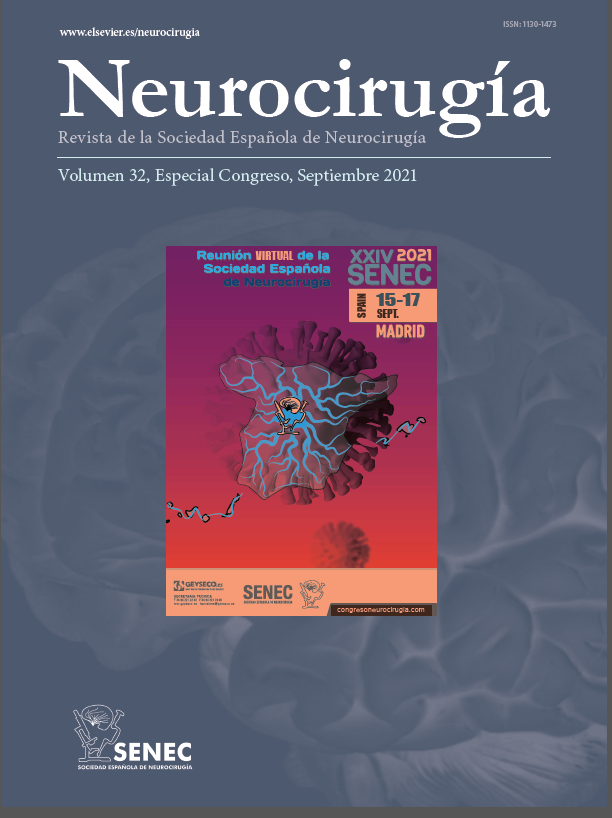C-0080 - ACUTE TRANSIENT TETRAPLEGIA AFTER POSTERIOR CERVICAL DECOMPRESSION AND FUSION FOR CHRONIC SPINAL CORD COMPRESSION THE "WHITE CORD SYNDROME": A CASE REPORT AND REVIEW OF THE LITERATURE
Neurocirugía, Hospital Insular, Las Palmas de Gran Canaria, Spain.
Objectives: Transient paralysis following cervical spine decompression surgery is a rare but devastating complication. Spinal cord ischemia reperfusion injury has been hypothesized as one of the pathogenic factors. The main feature is the high intramedullary signal changes in the sagittal T2 weighted MRI scan with unexplained neurological deficits following surgical decompression. The first case reported in 2013 referred to this characteristic imaging manifestation of spinal cord ischemia reperfusion injury as the `White cord syndrome’ since then seven cases of this syndrome have been reported in the literature. Our objective is to presents a new case of this rare but relevant complication.
Methods: Case report and review the literature.
Results: The present study reported on the case of a 62 year old male patient with myelopathy and spinal stenosis due to ossification of the posterior longitudinal ligament from C3 to C6. The patient underwent posterior cervical laminectomy decompression. At the late phase of a meticulous decompression, a loss of 80% of MEPs from C5 to C8 has detected with the preservation of SSEPs. The patient awakes with quadriplegia at C4 level but doesn´t require ventilator support. Emergent postoperative MRI demonstrated a large area of high signal changes on T2-weighted MRI intrinsic to the cord (“white cord syndrome”), from C3 to C5 with the absence of residual compression, or epidural hematoma. A high dose methylprednisolone therapy was administered to the patient, and MAP was maintained up to 95 mmHg neurological function gradually improved. After 2 weeks patient had a normal motor function of lower extremities LE, and paresis of UE proximal 3/5 and distal 2/5. The patient is still improving in the rehabilitation facility.
Conclusions: Spine surgeons should be aware of this rare complication, particularly when treating chronic severe cervical spinal stenosis with anterior or posterior decompression. Prevention and early diagnosis and interventions are essential to reduce the neurological deficit.







